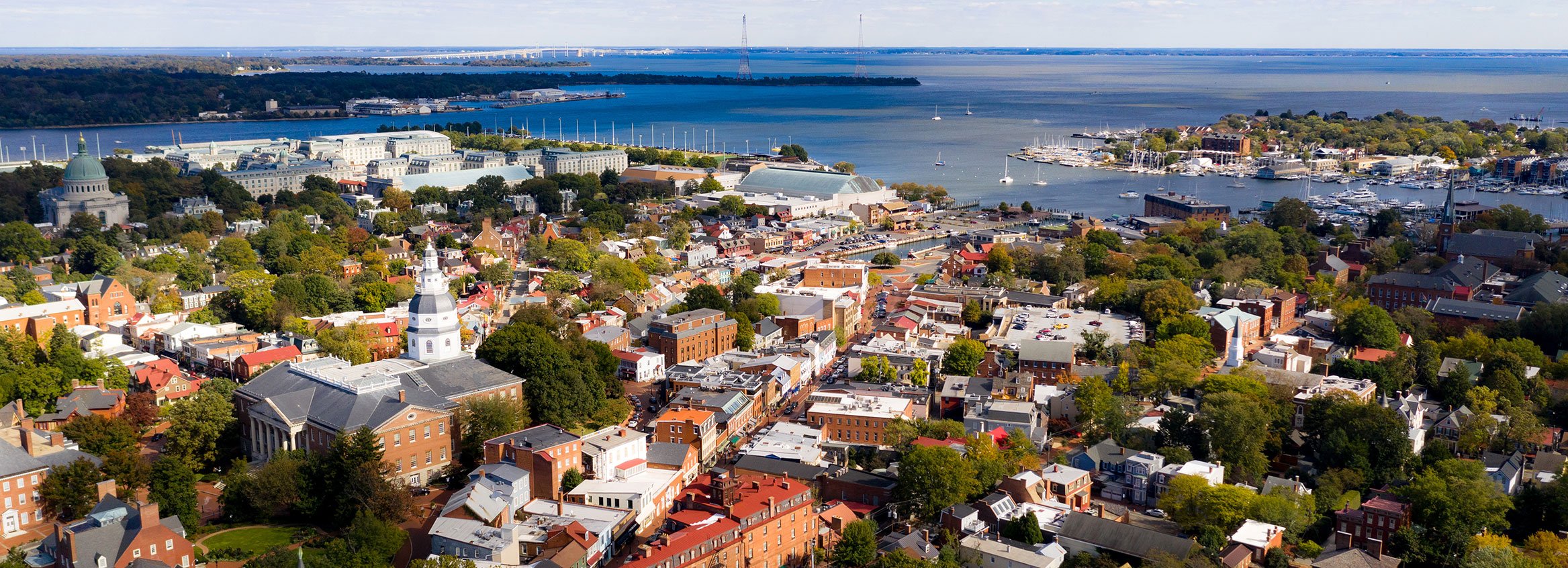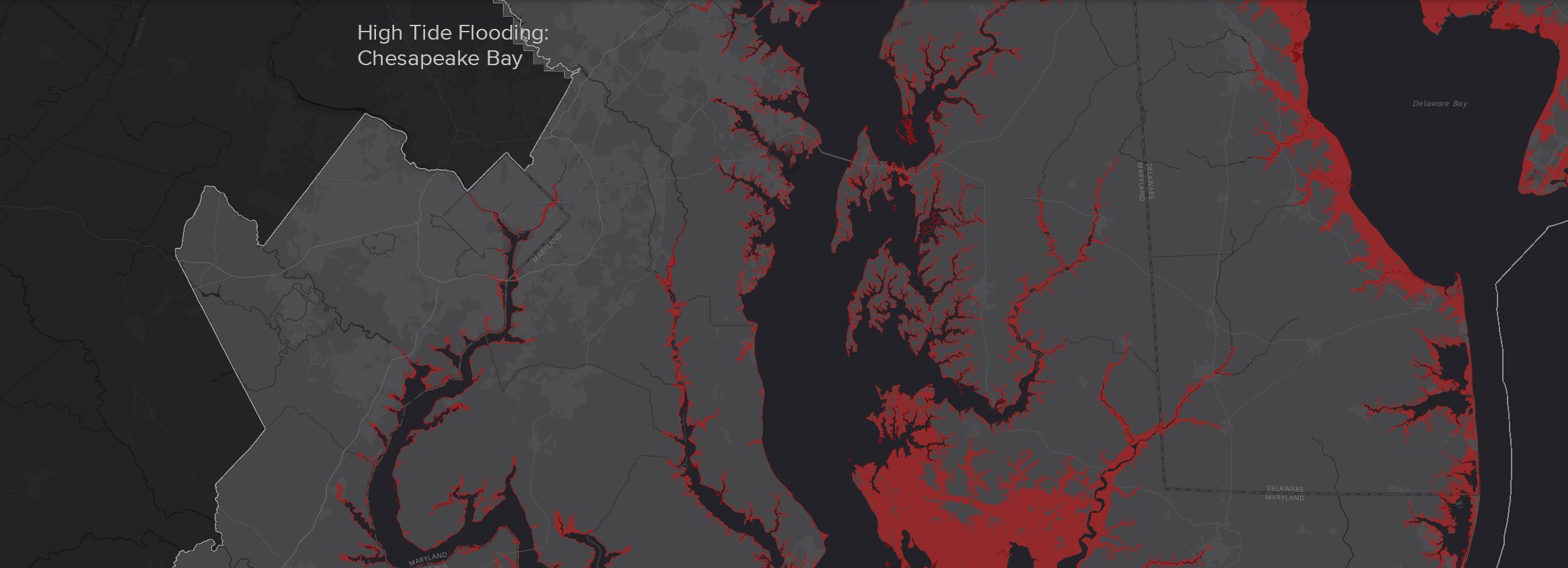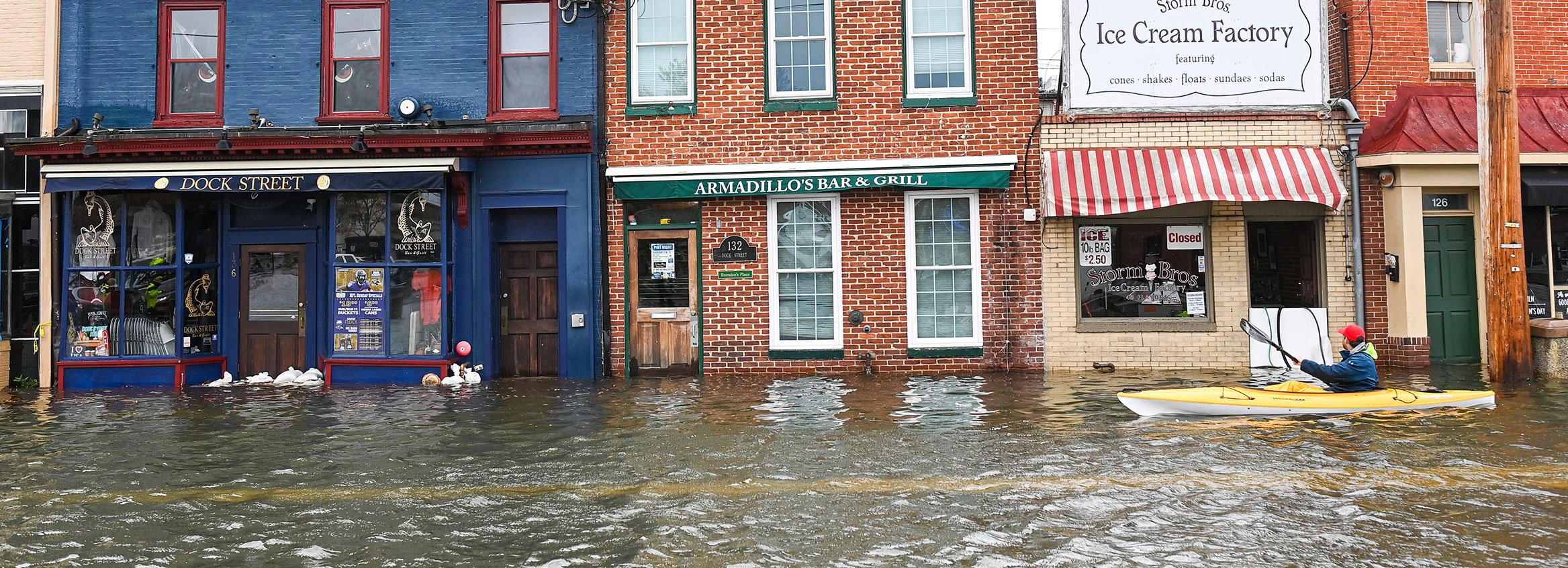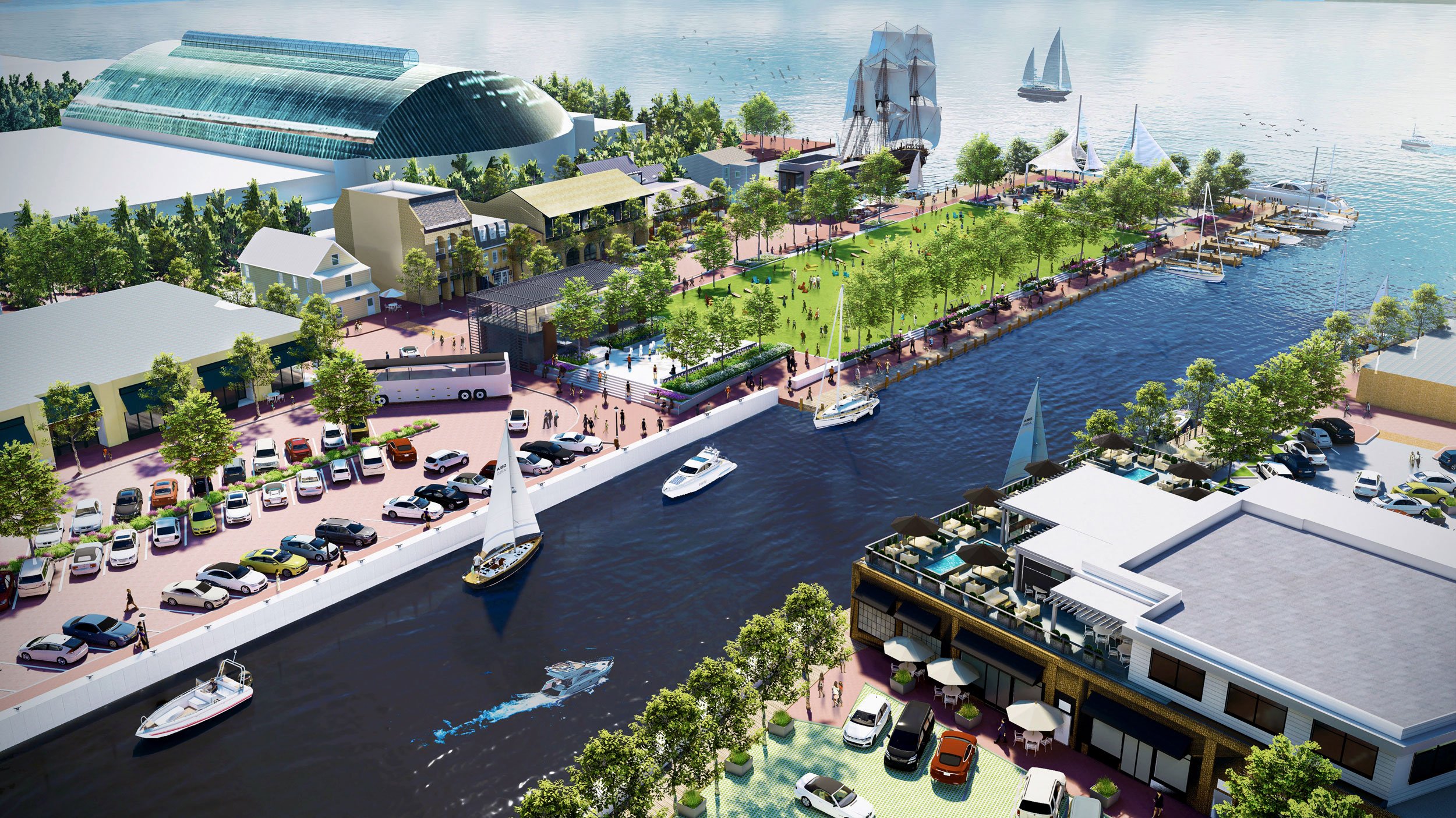Resiliency in Coastal Communities
Today, our coasts are home to some of the country’s most diverse and densely populated cities and towns. These coastal communities house more than 40% of the U.S. population in addition to historic treasures, institutions, and businesses. With rising sea levels impacting the safety, economies, food security, and wellbeing of these communities, it is important to develop and implement resiliency plans to secure their future.
The numbers don’t lie. We are facing drastic changes in our coastal communities as sea levels rise at record paces. Below are just a few examples showing that if we don’t act now to preserve these coastal treasures, the communities and landscapes will be forever changed.
500%
2X
75 DAYS
In a historic community, such as Annapolis, MD, resiliency, and heritage preservation come hand in hand. Situated on the Chesapeake Bay at the mouth of the Severn River, it is one of the country’s oldest coastal communities and served as the U.S. Capital and home to the Continental Congress from 1783 to 1784. Today it is the capital of Maryland and is equal distance between Baltimore, MD and Washington, DC.
Annapolis’ historic downtown, City Dock and the Naval Academy are situated either on, or within a few feet, of the water line. Despite the many studies and plans drafted over the years, little has been implemented to protect the City Dock. However, in the Fall of 2018, the City of Annapolis and Historic Annapolis asked ULI Baltimore to assemble a Technical Advisory Panel (TAP) to make recommendations for the preservation of the downtown area at City Dock.
The TAP, chaired by Bryce Turner of BCT, included development, design, and resiliency experts from the region, and focused on the creation of a green park at the City Dock to replace the asphalt surface parking lot. Working closing with residents, business owners, Mayor Gavin Buckley, and the President of Historic Annapolis, the TAP’s recommendations suggested a park for the city and resiliency measures to protect downtown Annapolis from flooding. As this involved developing on top of centrally located parking for downtown, a new parking structure with increased capacity is being erected to aid the flow of tourism that economically supports the community and local businesses.
As a result of the ULI Baltimore TAP report, a City Dock Action Committee formed in early 2019, consisting of 90+ community stakeholders tasked with developing a Consensus Plan for implementing the TAP’s recommendations related to resiliency, programming, design, business, and financing.
Resiliency Approach
The Action Committee worked with the Naval Academy and other stakeholders to develop an innovative approach to resiliency. The goals developed by the committee included:- protecting historic structures and pedestrian ways
- removing the destructive runoff from asphalt adjacent to the water
- promoting economic development to adjacent commercial buildings
- creating a public green space for community programming
- allowing greater public access to the water’s edge
- protecting the character of Annapolis with enforcement of historic guidelines
While some components of City Dock will allow controlled flooding, the new green park will be elevated to 6.5 feet about sea level and additional curbs, planters, and pop-up flood barriers will protect the city from flooding up to 8 feet above sea level.
With the collaborative leadership of Mayor Gavin Buckley, City Manager David Jarrell, veteran urban planner Eileen Fogarty, and Robert Clark and Karen Theimer Brown of Historic Annapolis Inc., action is underway to implement the Consensus Plan developed by the City Dock Action Committee.
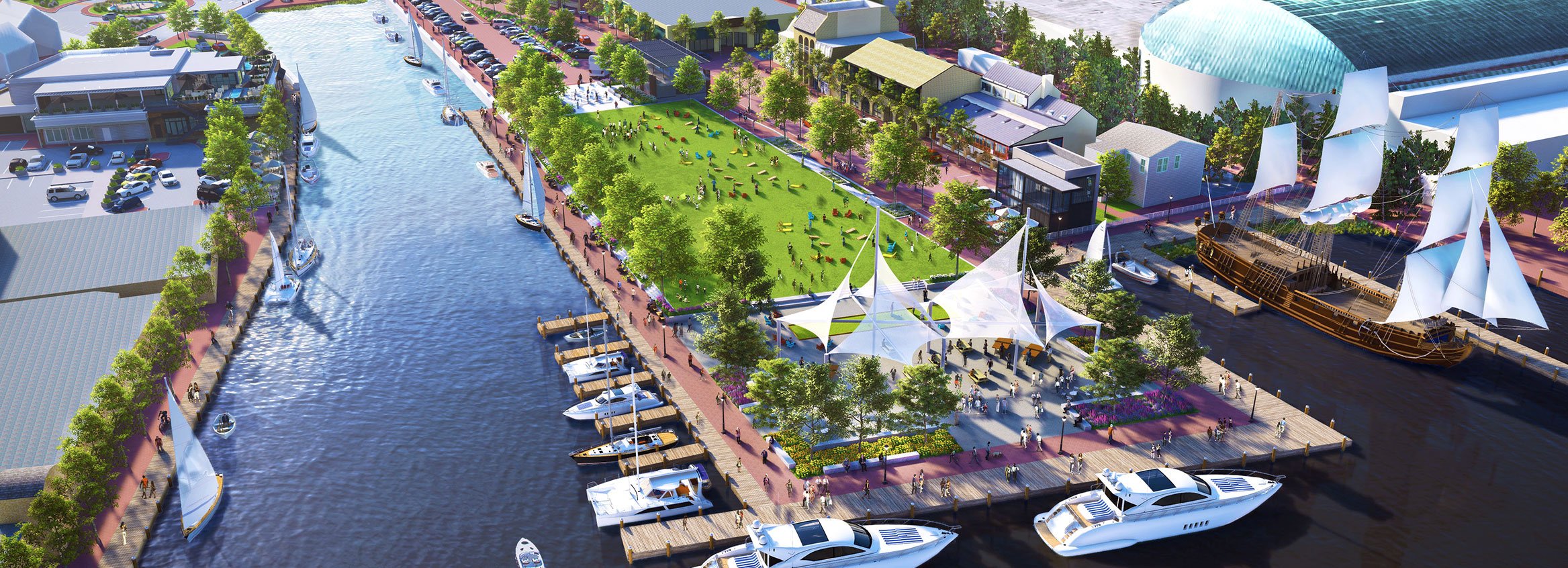
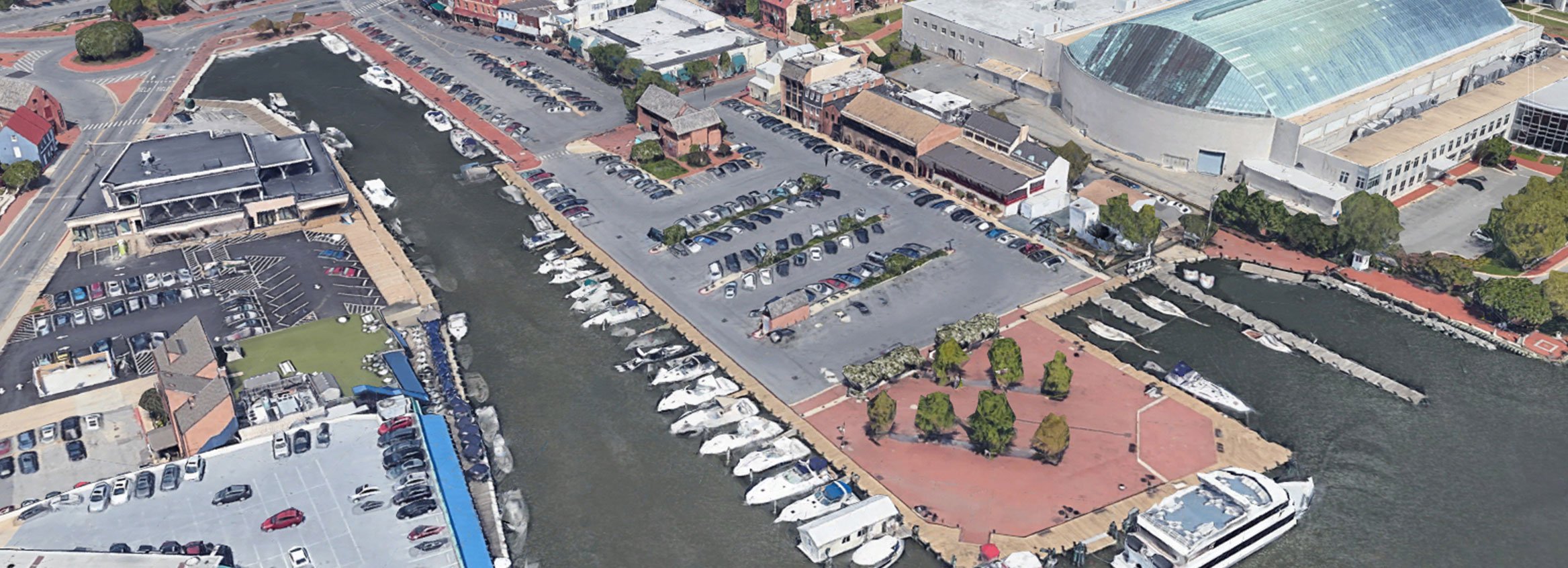
The plan proposes a continuous promenade along the waterfront that utilizes both structural and non-structural techniques to provide City Dock with multiple levels of resilience protection while ensuring continual access to the waterfront docks and vessels. These techniques include:
1. Green Infrastructure
Analysis using independent evaluations of the sea level projections warranted a green park at an elevation of 6.5 feet above sea level. Additional floodproofing devices allow the system to reach a maximum of 8 feet of protection above sea level.
2. Automatic Flood Gates
A continuous barrier will be achieved by linking automatic flood gates in sensitive areas that will preserve historic view corridors of the waterfront. This will allow pedestrian and boater access to and around the green park and entire City Dock / Market House area. Protection will be provided against predicted 8-foot storm surges and based on current NOAA projections, will provide protection up until 2070 against more severe storms.
Various types of flood gates will be deployed including automatic pop-up and flip-up systems. The flip-up barrier will be clad with a wood veneer to complement the adjacent walkways.
3. Stormwater Management
Reducing the impervious area immediately surrounding City Dock will have a significant impact on the volume and rate of flow entering the storm sewer. The greatest reduction will be achieved by eliminating the parking area closest to Susan Campbell Park and, creating a new park, in keeping with the City Dock Action Committee consensus plan. Beyond the park, extensive tree planting will be achieved using underground modular suspended pavement systems.
4. Pumping System
A new system will be designed to prevent backwater flooding through the storm drain system. It will be designed with submersible pumps with adequate pumping capacity and redundancy to pump and discharge up to the 10-year storm event. This will replace the existing drainage system which has been the greatest contributor to the nuisance flooding at City Dock, which occurred more than fifty times during 2020.
With the needs of City Dock well defined, a plan is being implemented that will incorporate resiliency, address the needs of this historic waterfront community and ultimately serve as a catalyst for continued economic growth. Site improvements include:
RAISED PARK: The raised park will be the central focus of the new City Dock. Its elevated platform will work to prevent nuisance flooding that affects City Dock up to 50 days per year.
HILLMAN GARAGE: The parking removed from City Dock is being balanced by the rebuilding of Hillman Garage. The new garage has 500 parking spaces, 5 levels, and a solar canopy on the roof.
The new Annapolis City Dock is the collaborative effort of many different organizations, businesses, planners, and the community.
By recognizing the need for immediate action, the city and its partners were able to come together to craft a plan focusing on resiliency and ultimately the economic future of this historic community. With the plan already taking shape, the coming months and years will solidify the positive impact this process and its outcomes will have on this community.
Statistics and data sourced from the National Oceanic and Atmospheric Administration - Office of Coastal Management
https://coast.noaa.gov/states/fast-facts/recurrent-tidal-flooding.html
https://tidesandcurrents.noaa.gov/HighTideFlooding_AnnualOutlook.html

